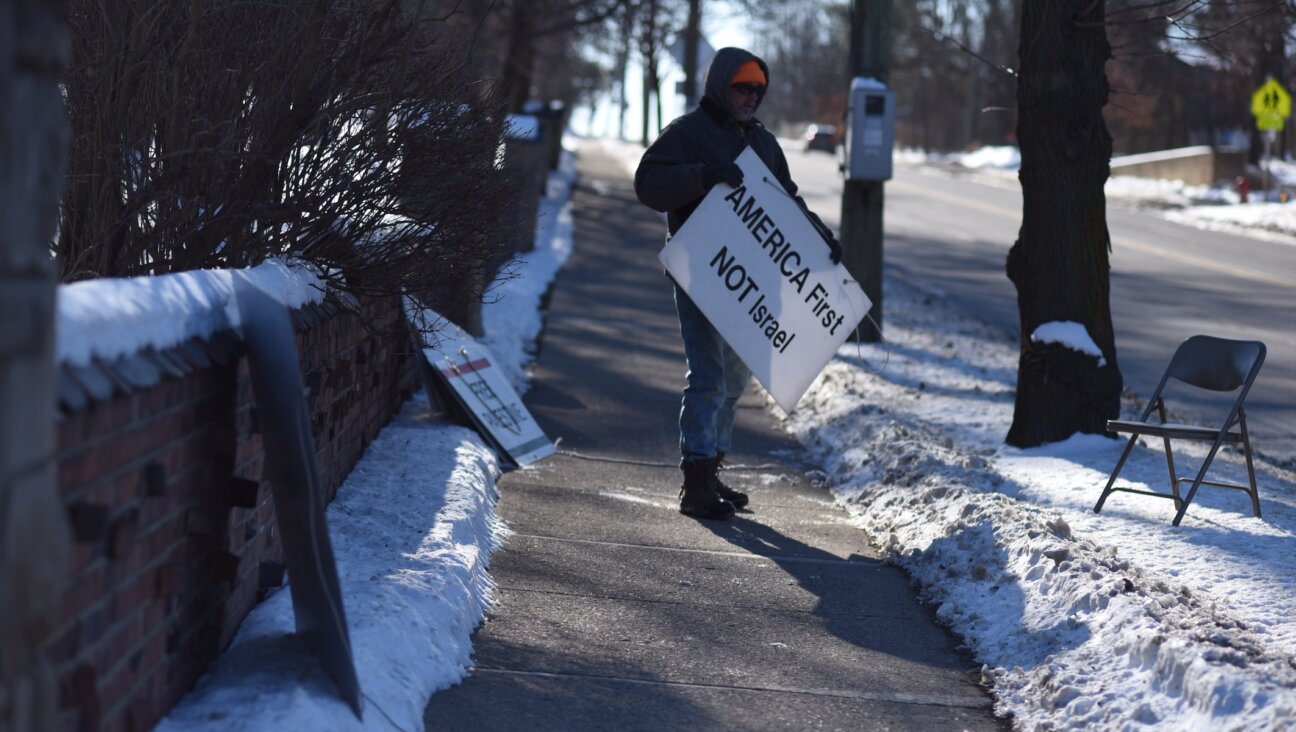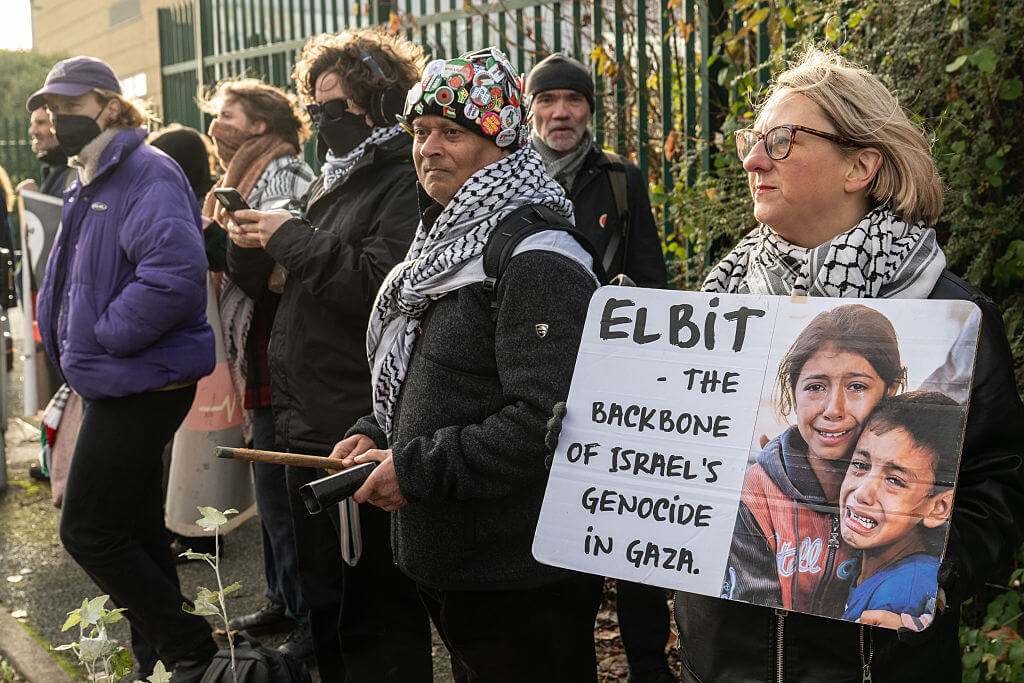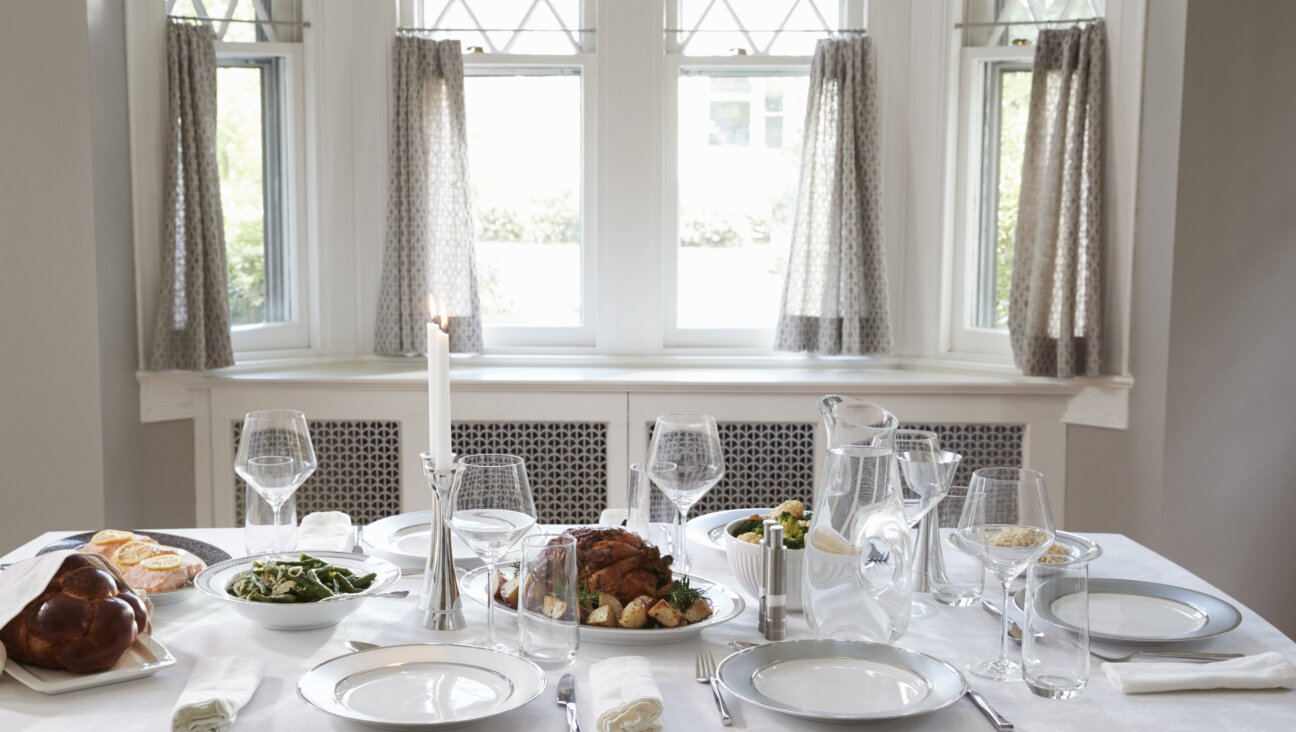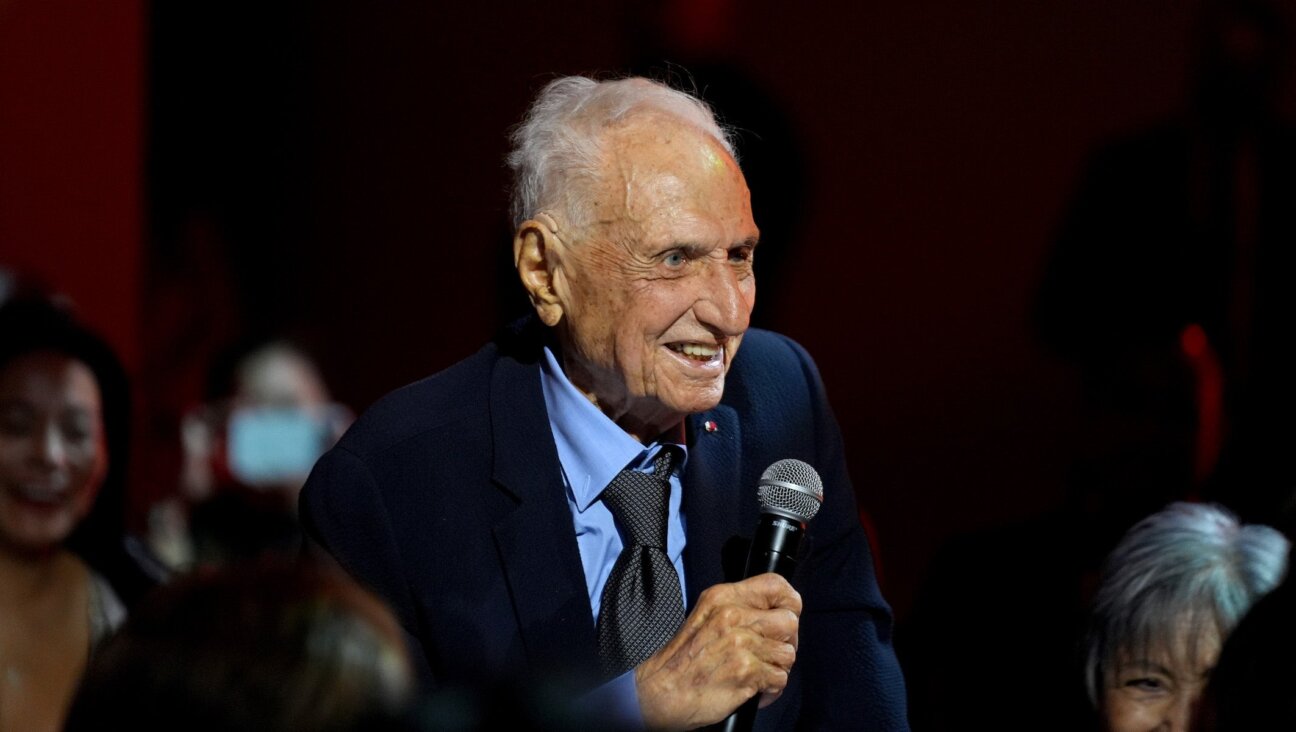Jewish Woman Is New Face of Intermarriage, Pew Study Data Reveals

Blond on His Arm: Playwright Arthur Miller?s relationship with starlet Marilyn Monroe was long seen as the paradigm for intermarriage. Not any more. Image by getty images
Intermarriage, for many American Jews, means dark-haired Brooklyn Jewish men wedding corn-fed blond Protestant women.
Arthur Miller and Marilyn Monroe, for instance. Alvy Singer and Annie Hall.
That stereotype may have once reflected a demographic reality, according to a new analysis of data from the Pew Research Center’s 2013 study of American Jews. But not anymore. Today, a Natalie Portman is as likely to marry a Benjamin Millepied as a Marc Mezvinsky is to marry a Chelsea Clinton.
“Before 1970, men were heavily leading women in intermarriage,” said Steven M. Cohen, a leading sociologist of the Jewish community and a professor at the Hebrew Union College-Jewish Institute of Religion, who analyzed the data for the Forward. “[That] is no longer the case.”
According to Cohen, three times as many Jewish men intermarried before 1970 as women. But between 2000 and 2013, slightly more Jewish women intermarried than men.
What’s more, intermarried Jewish women are now no more likely than intermarried Jewish men to raise their children Jewish, according to Cohen.
Half of the Jewish women who intermarried between 1980 and 1989 say that they had raised their children Jewish, compared with just 19% of Jewish men. Today, only 15% of Jewish women who have intermarried since 2000 say they are raising their children Jewish.
The data are based on the 2013 Pew survey that polled nearly 3,500 Jews, the largest survey of American Jews in more than a decade. The findings reflect only marriages that were ongoing at the time of the survey. And previous studies contradict parts of this latest analysis: The 2000 National Jewish Population Survey found relative levels of intermarriage among men and women to be flat going back decades.
Still, what’s clear from the new analysis is that traditional stereotypes of Jewish men marrying out and Jewish women marrying in are long outdated — as are assumptions about intermarried Jewish women raising their children Jewish.
“The context… has to do with more women obtaining college degrees and graduate degrees and working in the professions, and being in a context where they would meet non-Jewish men,” said Keren McGinity, a research affiliate at Brandeis University’s Cohen Center for Modern Jewish Studies at Brandies University and the author of the forthcoming “Marrying Out: Jewish Men, Intermarriage, and Fatherhood.”
Among currently married men, Cohen’s analysis has 53% of those who married between 2000 and 2013 intermarrying, compared with 62% of currently married Jewish women. Among currently married Jewish men who married before 1969, 22% Jewish of men intermarried compared with just 8% of Jewish women.
Jewish women who intermarried in the 1950s often faced strong sanction from their families, according to McGinity. “Sometimes that anti-intermarriage sentiment among Jewish families overpowered the more pressing domestic ideas that women should get married,” McGinity said. One response, McGinity said, was for intermarried Jewish women to join Unitarian Universalist congregations, a liberal faith that can incorporate Jewish traditions.
Those attitudes changed by the 1970s — the period in which Cohen’s analysis shows intermarriage rates between men and women leveling out. McGinity said Jewish women who intermarried in those years began to insist on their Jewish religious identities instead of adopting new ones. “Women who intermarried in the 1960s and 1970s and later, were that much more adamant about not being mistaken for a Christian,” McGinity said.
The current gap in intermarriage rates between male and female Jews is tiny when compared with those among blacks and Asians in the United States, according to a separate 2010 study by Pew. That study found that black men marry outside their race twice as often as black women, and that Asian women marry outside their race twice as often as Asian men.
Cohen theorized that the narrowing gap among men and women in the Jewish community could be tied to the changing status of Jews in the United States. “It may be the case that [as] Jews move from low status to high status, men from other groups seek out Jewish women,” Cohen said.
That hypothesis appears to draw from the sociologist Robert Merton’s status exchange theory, proposed in the 1940s. Merton suggested that interracial mating involves a sort of swap of racial status for economic or educational status. Sociologists have long employed his theory to explain Jewish intermarriage, but now it would seem to apply to women no less than men.
Other experts suggested that the shift in proportions of men and women who intermarry has more to do with shifting roles for women. “It may be that men felt freer to make these kinds of choices longer ago and that women are becoming freer now,” said Jennifer Thompson, a professor of Jewish studies at California State University, Northridge. “The Jewish women’s movement got off the ground in the ’70s, whereas we were already talking about men intermarrying in the ’20s, ’30s, ’40s, ’50s, ’60s — so maybe it took a while for women to catch up to looking at it in this more individualistic way.”
The new analysis didn’t surprise Steven Bayme, director of the Contemporary Jewish Life department of the American Jewish Committee. “The fact that the gender gap has disappeared is not at all a surprise,” Bayme said. “The real point is the growing acceptability of mixed marriage.”
As for Cohen’s finding that intermarried Jewish women and men are both unlikely to raise their children as Jewish, Bayme said that the implications for Jewish communal policy are “very clear.” “We cannot afford to give up on endogamy, on encouraging Jews to marry other Jews,” Bayme said. Beyond that, he advocated encouraging non-Jewish partners to convert, and that the Jewish community welcome intermarried families.
McGinity, for her part, suggested that these decisions may be beyond Jewish communal control. “I think it’s important to remember…. why people intermarry,” she said. “They fall in love with someone.”
Contact Josh Nathan-Kazis at [email protected] or on Twitter, @joshnathankazis

















